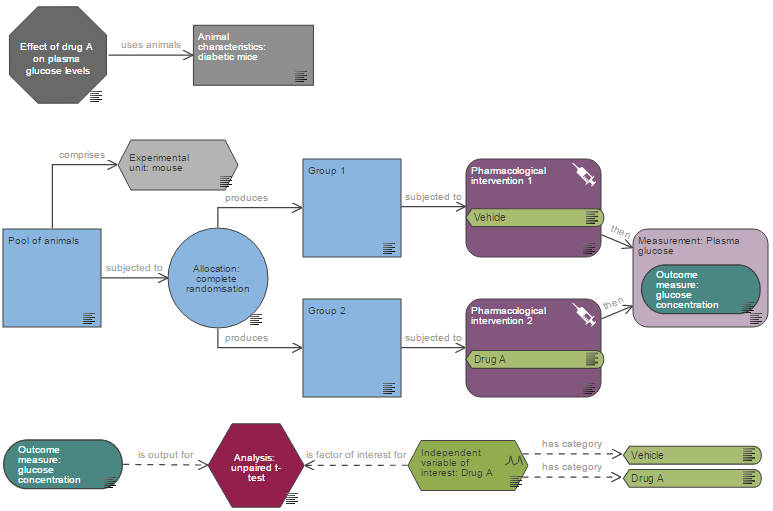Registration Details

Dr Esther Pearl of the NC3Rs will give a live demonstration of the Experimental Design Assistant (EDA), online software to help researchers design robust in vivo experiments that are more likely to give reproducible results. The demonstration will be relevant to anyone involved in planning and designing experiments or teaching experimental design.
During the demonstration you will learn:
- How to create an EDA diagram.
- How to get feedback on experimental designs.
- How to generate a randomisation sequence.
- How to create a report summarising the experimental design.
- How to access the built-in help.
To enable a more interactive question and answer session at the end, the demonstration will be held as a Zoom meeting, rather than a webinar, and attendee numbers will be limited to 30 on a first-come, first-served basis.
Register now via Zoom
If you are unable to attend this demonstration, other dates and times are available - scroll through our calendar to find more options.
Further resources
For further information on good experimental design visit the Experimental Design pages of the EDA website, or watch the recording of our webinar on Best Practice in Experimental Design.
You can learn about the importance of reporting experiments thoroughly by visiting the ARRIVE guidelines website, or watching the recording of our webinar on the ARRIVE guidelines 2.0.
